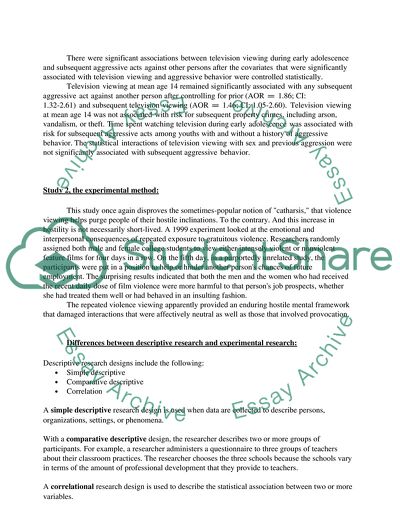Thinking Critically With Psychological Science Essay. Retrieved from https://studentshare.org/psychology/1579259-thinking-critically-with-psychological-science
Thinking Critically With Psychological Science Essay. https://studentshare.org/psychology/1579259-thinking-critically-with-psychological-science.


